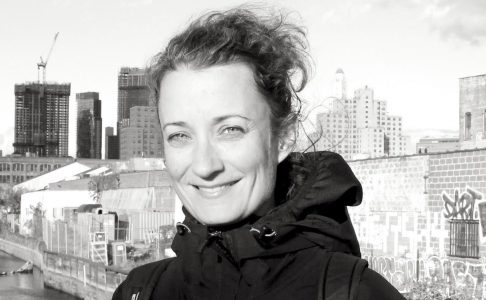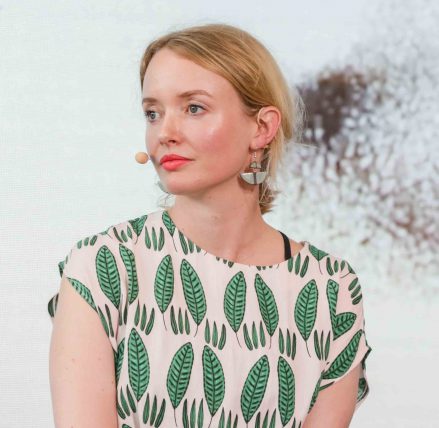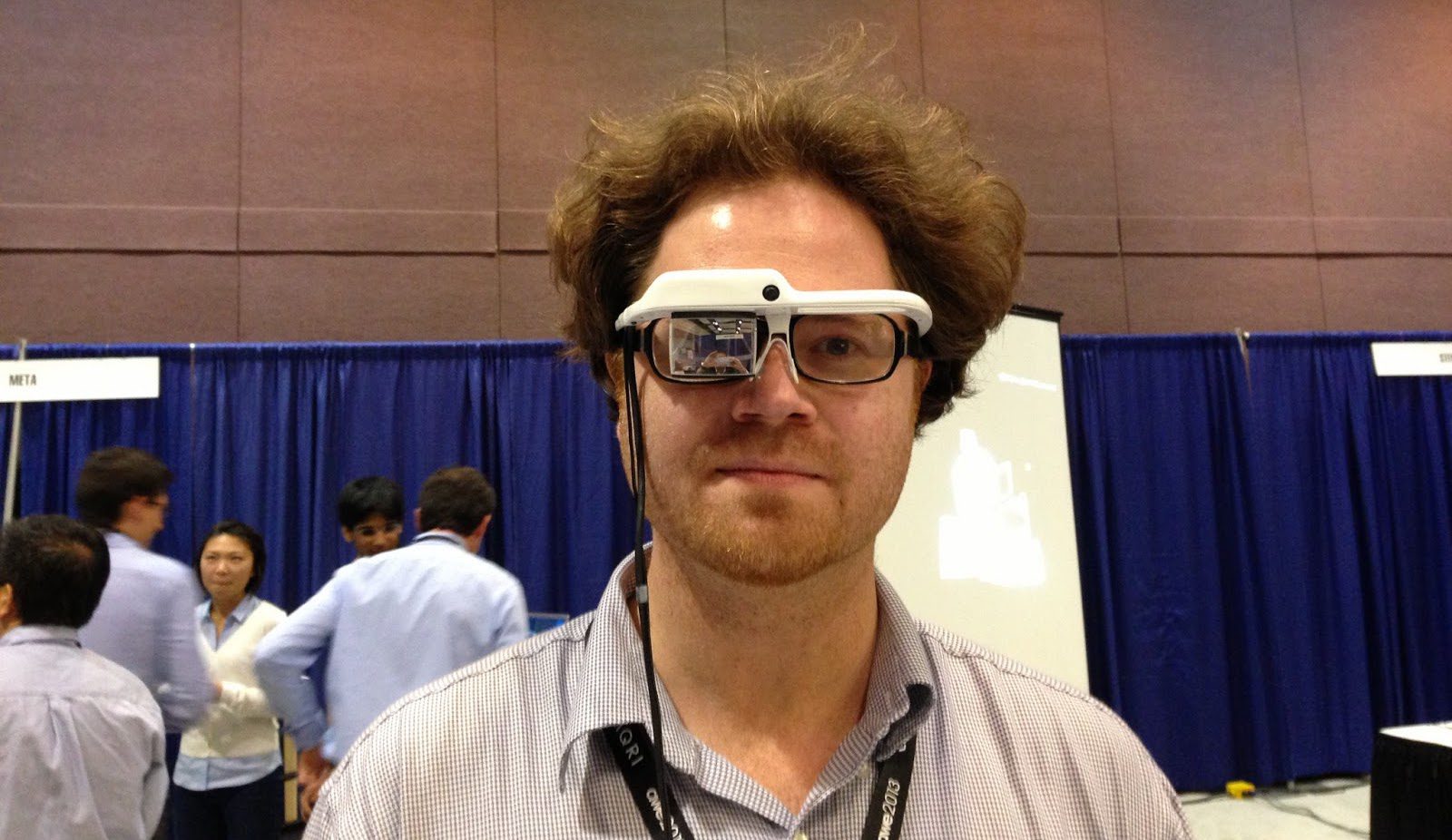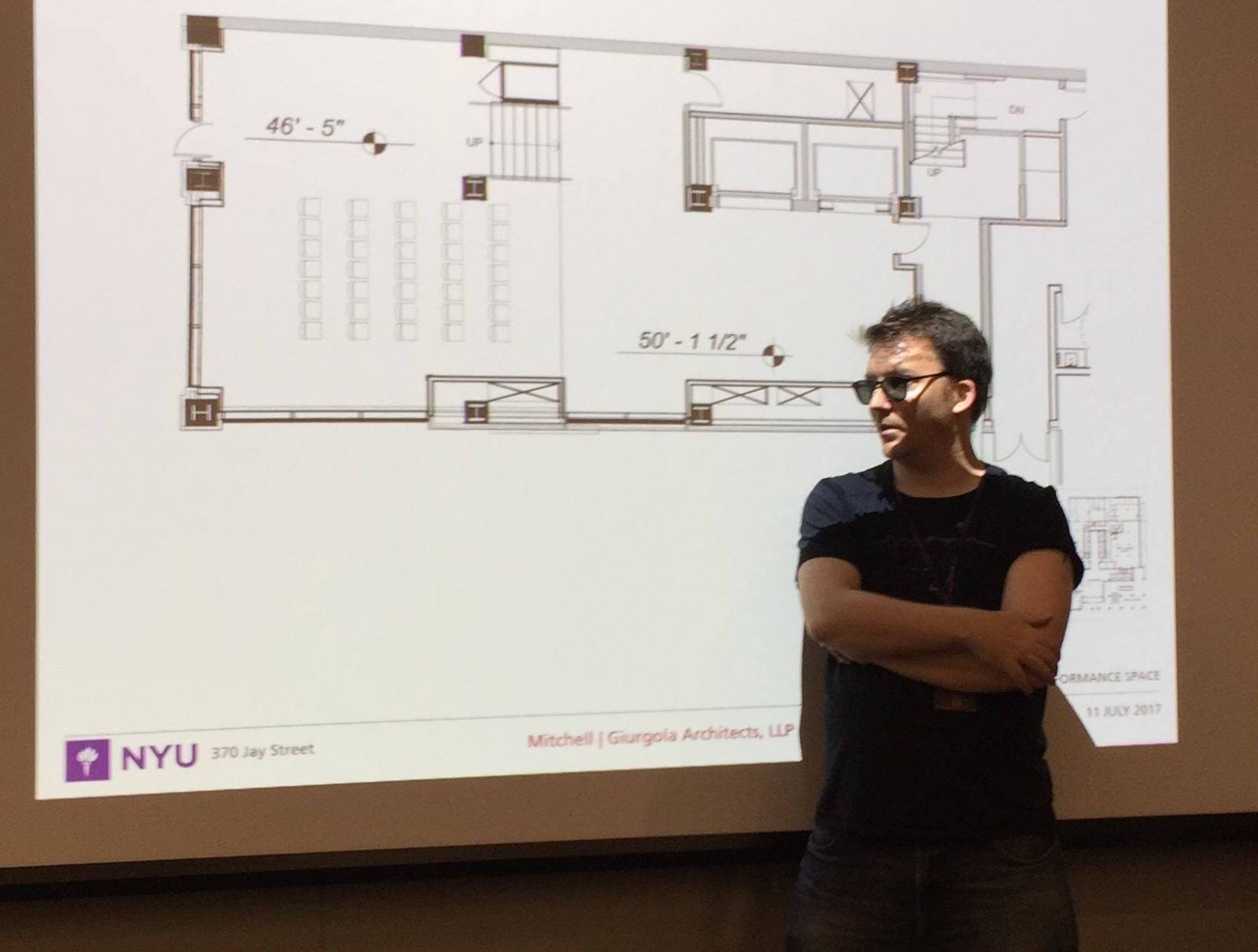Dr. Elizabeth Hénaff is a computational biologist and designer. Her academic trajectory started with a Bachelors in Computer Science, followed by a Master’s in Plant Biology (both from UT Austin) and a PhD in Bioinformatics from the The University of Barcelona.
At the center of her research is a fascination with the way living beings interact with their environment. This inquiry has produced a body of work that ranges from scientific articles in peer-reviewed journals to projects with landscape architects, to working as an artist in environments from SVA to the MIT Media Lab. She has made contributions to understanding how plants respond to the force of gravity, how genome structure changes in response to stress, and most recently has turned her attention to the ubiquitous and invisible microbial component of our environment. Some recent highlights include the design for the bioremediation of a local toxic Superfund site which won a design competition, had a gallery exhibit, and a scientific publication. Her work with the MIT Media Lab led to the development of a novel approach to urban microbiome sampling using honeybees, an exhibit at the 2016 Venice Architecture Biennale, and a curriculum for international workshops. She has consistently made the tools – software, wetware, hardware – needed to answer her research questions.
She currently holds an Assistant Professor position in the Integrated Digital Media department at the NYU Tandon School of Engineering in New York
City.
TOOLS + MEDIUMS OF PRODUCTION
Photography, Physical Computing, Creative Coding, Visual Communications / Graphic Design, Digital Fabrication / Prototyping, Biofabrication
METHODS + APPROACHES
Data Visualization / Data-Driven Investigation, Citizen Science, Algorithmic Design, Computational Biology
TOPICS + THEMES
Sustainability, Microbiome, Multispecies Theory





